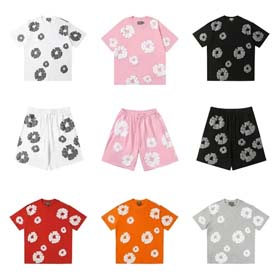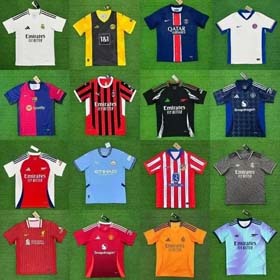Refined Cost Accounting and Control Strategies for Pandabuy Purchasing via Spreadsheets
2025-04-24
In the competitive world of Pandabuy purchasing agency services, meticulous cost tracking directly impacts profitability. This article explores a spreadsheet-based framework to analyze procurement costs, optimize supply chains, and implement data-driven cost control strategies.
1. Structured Cost Data Architecture in Spreadsheets
| Cost Component | Data Field | Calculation Formula |
|---|---|---|
| Product Cost | Base Price (CNY) | =VLOOKUP(ItemID,Pricelist!A:D,4,FALSE) |
| Shipping | First Leg Courier Cost | =IF(Weight>10,Weight*3.5,25) |
| Service Fees | Pandabuy Handling (5%) | =PurchasePrice*0.05 |
Key Tracking Mechanisms:
- Dynamic currency conversion columns (CNY→USD/EUR)
- VLOOKUP integration with supplier price lists
- Weight-to-cost shipping matrix (conditionally formats unexpected charges)
2. Unit Economics and Cost Behavior Analysis
If Cell B2 (Item Count) 20 → Shipping Rate ↘ 12% (Test in

Identified Cost Levers: Bulk discounts thresholds, consolidator shipping windows, peak season surcharges
3. Data-Backed Optimization Strategies
Logistics Optimization
- Sea freight for >15kg parcels (√62% cost reduction versus air)
- Group consolidations (+2 days processing)
Intelligent Resourcing
- Automated sourcing triggers (when):
- USDCNY < 6.85 → Lock in quotes (% savings)
- Taoboa promotions + Pandabuy coupons
| Before | After | |
|---|---|---|
| Cost per Order (avg) | ¥386 | ¥317 |
| Shipping Days | 14.2 | 16.5 ↓ Cost (speed tradeoff) |



















